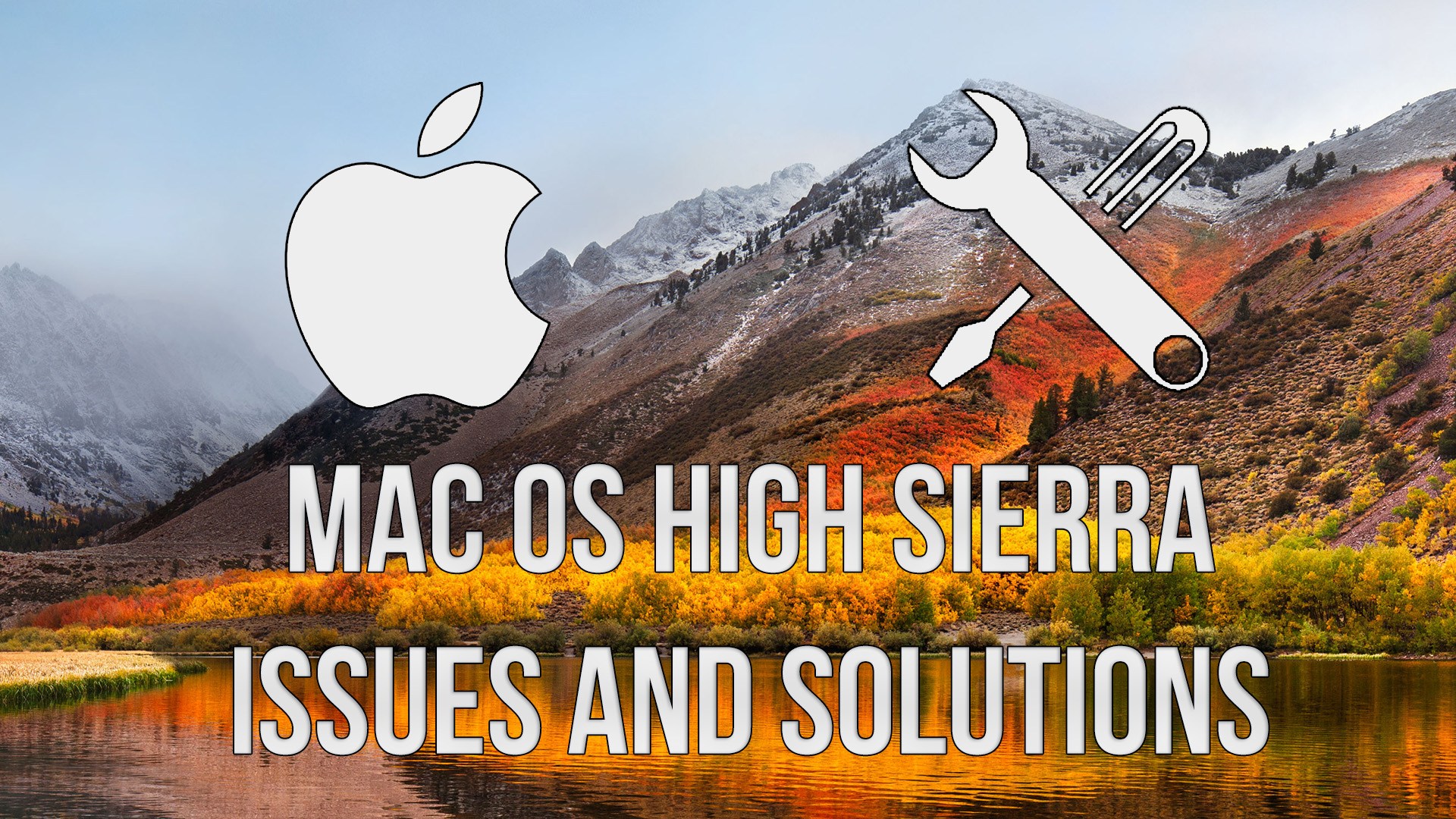
- Macos high sierra hackintosh install#
- Macos high sierra hackintosh pro#
- Macos high sierra hackintosh iso#
The system's windowing system, Quartz Compositor, supports Metal 2. It includes virtual-reality and machine-learning features, as well as support for external GPUs. Metal, Apple's low-level graphics API, has been updated to Metal 2. It also has built‑in encryption, crash‑safe protections, and simplified data backup on the go. It supports 64‑bit inode numbers, is designed for flash memory, and is designed to speed up common tasks like duplicating a file and finding the size of a folder's contents. Changes System Apple File System Īpple File System (APFS) replaces HFS Plus as the default file system in macOS for the first time with High Sierra.
Macos high sierra hackintosh install#
This requires using a patch to modify the install image. It is possible to install High Sierra on many older Macintosh computers that are not officially supported by Apple. MacOS High Sierra requires at least 2 GB of RAM and 20.12 GB of available disk space.
Macos high sierra hackintosh pro#
The iMac Pro (2017) initially shipped with High Sierra. MacOS High Sierra is supported on all Macintosh products that can run macOS Sierra:

The second PCI path is probably to the recovery partition, the one you need to boot from. The first PCI path in the list is probably the boot partition that doesn't contain bootable firmware. You should see two entries in a list (they are cryptic looking PCI bus paths). Select Boot Maintenance Manager and click. You'll be brought into an EFI text-mode GUI.

I was able to fix the UEFI problems as follows (credit to VirtualBox forum): After manually directing EFI to boot into macOS for the first time, macOS automatically fixed-up the boot partition, and subsequent boots worked properly.
Macos high sierra hackintosh iso#
In my case, after installing macOS into a Virtual Machine according to these instructions (running macOS installer from an ISO downloaded from Apple), on first boot, the boot partition was present but unconfigured (probably no boot image installed). By now you may have surmised boot.efi is an EFI standard filename that lives at an EFI standard path in a disk partition, and it contains os-specific boot firmware (e.g. Ultimately, the objective is provide a boot partition that contains macOS boot.efi.


Your immediate objective is to help EFI locate and execute os-specific boot firmware. However, assuming you have a macOS recovery partition on that disk, it should contain a copy of boot.efi (macOS-specific boot firmware) that you can boot into the OS with. UEFI requires intervention because EFI firmware on the Mac's motherboard cant find valid OS-specific EFI boot firmware in the standard location on disk.


 0 kommentar(er)
0 kommentar(er)
